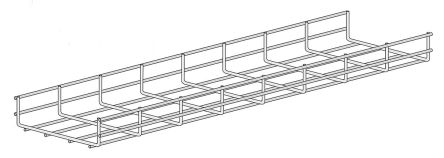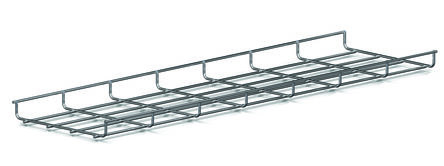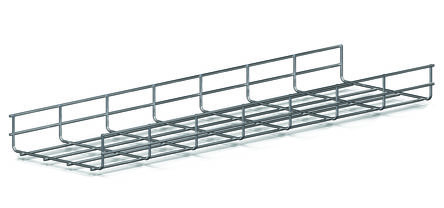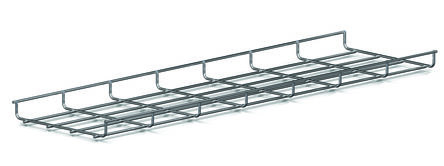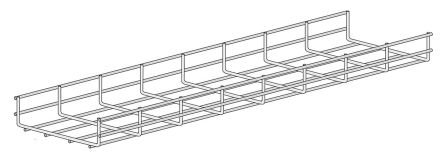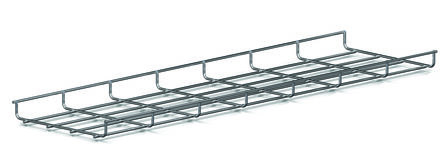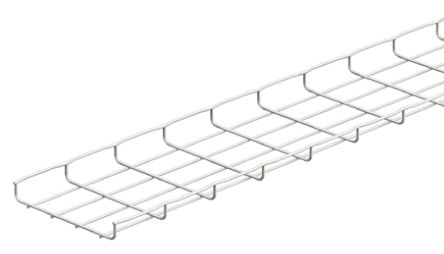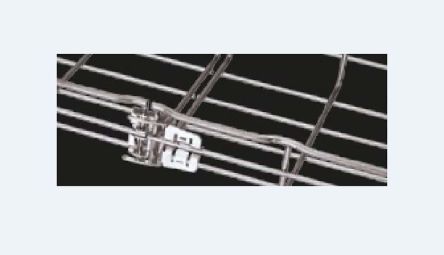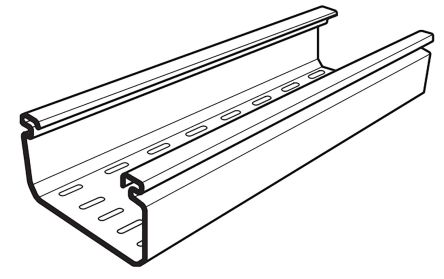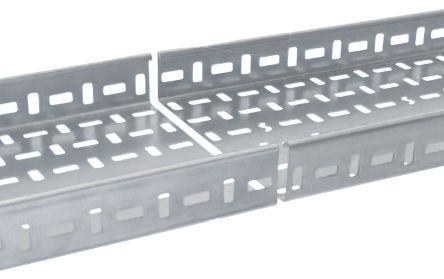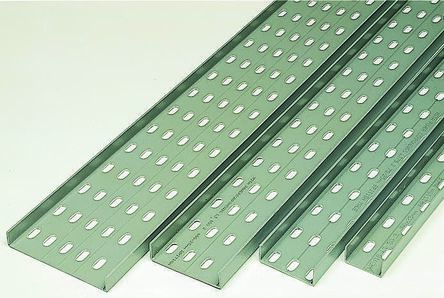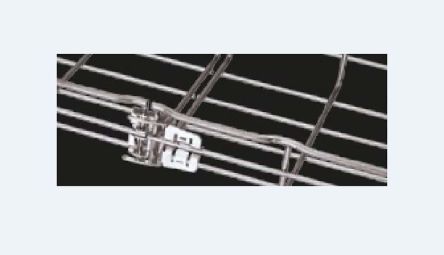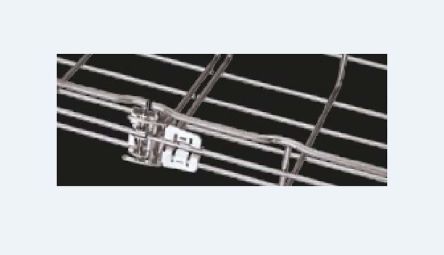- Automation & Control Gear
- Cables & Wires
- Enclosures & Server Racks
- Fuses & Circuit Breakers
- HVAC, Fans & Thermal Management
- Lighting
- Relays & Signal Conditioning
- Switches
- Batteries & Chargers
- Connectors
- Displays & Optoelectronics
- ESD Control, Cleanroom & PCB Prototyping
- Passive Components
- Power Supplies & Transformers
- Raspberry Pi, Arduino, ROCK, STEM Education & Development Tools
- Semiconductors
Cable Trays
-
Cable trays are a type of cable management system used to support and organize electrical cables and wires in commercial, industrial, and residential settings. They are typically made of metal, such as steel or aluminum, and are designed to provide a safe and efficient way to route and protect cables.Cable trays consist of a series of interconnected channels or trays that form a pathway for cables. These trays are designed to hold and support various types of cables, including power cables, data cables, and communication cables. The cables are placed inside the trays and can be easily routed and secured along the desired path.
What are the benefits of cable trays?
Cable Protection: The trays provide a protective enclosure for cables, shielding them from physical damage, moisture, and other environmental factors.Easy Installation: Cable trays are relatively easy to install compared to conduit systems.Cable Accessibility: Cable trays allow easy access to cables for maintenance and modifications.Improved Cable Management: Cable trays help to organize and separate different types of cables, reducing the risk of tangling or interference between them.Enhanced Airflow: Open-style cable trays promote better airflow around cables, reducing heat build up and improving the overall cooling efficiency of the electrical system.
What are the types of cable trays?
Ladder Cable Tray: Ladder cable trays have a ladder-like design with horizontal side rails connected by rungs. The rungs provide support for cables and allow easy access for maintenance.Wire Mesh Cable Tray: Wire mesh cable trays consist of wire mesh panels or grids that form the bottom and sides of the tray.Trough Cable Tray: Trough cable trays have a rectangular or U-shaped cross-section with open or partially covered sidesBasket Cable Tray: Basket cable trays have a basket-like structure with wire mesh or perforated sides.Single Rail Cable Tray: Single rail cable trays consist of a single rail or track with attachments for cable supportApplicationsCommercial BuildingsIndustrial FacilitiesData CentresPetrochemical and Oil RefineriesPower PlantsIT and Telecommunications
Related links
- Cablofil International Perforated Cable Tray, PVC 3m x 75 mm x 50mm
- Cable Tray Accessories
- Legrand Heavy Duty Tray, Hot Dip Galvanised Steel 3m x 150 mm x 50mm
- RS PRO Wire, 316 Stainless Steel 3m x 60 mm x 60 mm wing
- Cablofil International Wire Mesh Cable Tray, Steel 3m x 100 mm x 30mm
- Rack Cable Management
- Rittal Wire Mesh Cable Tray, Sheet Steel 300 mm x 120mm
- Legrand Swiftclip Pre-Galvanised Steel Cable Tray Accessory
